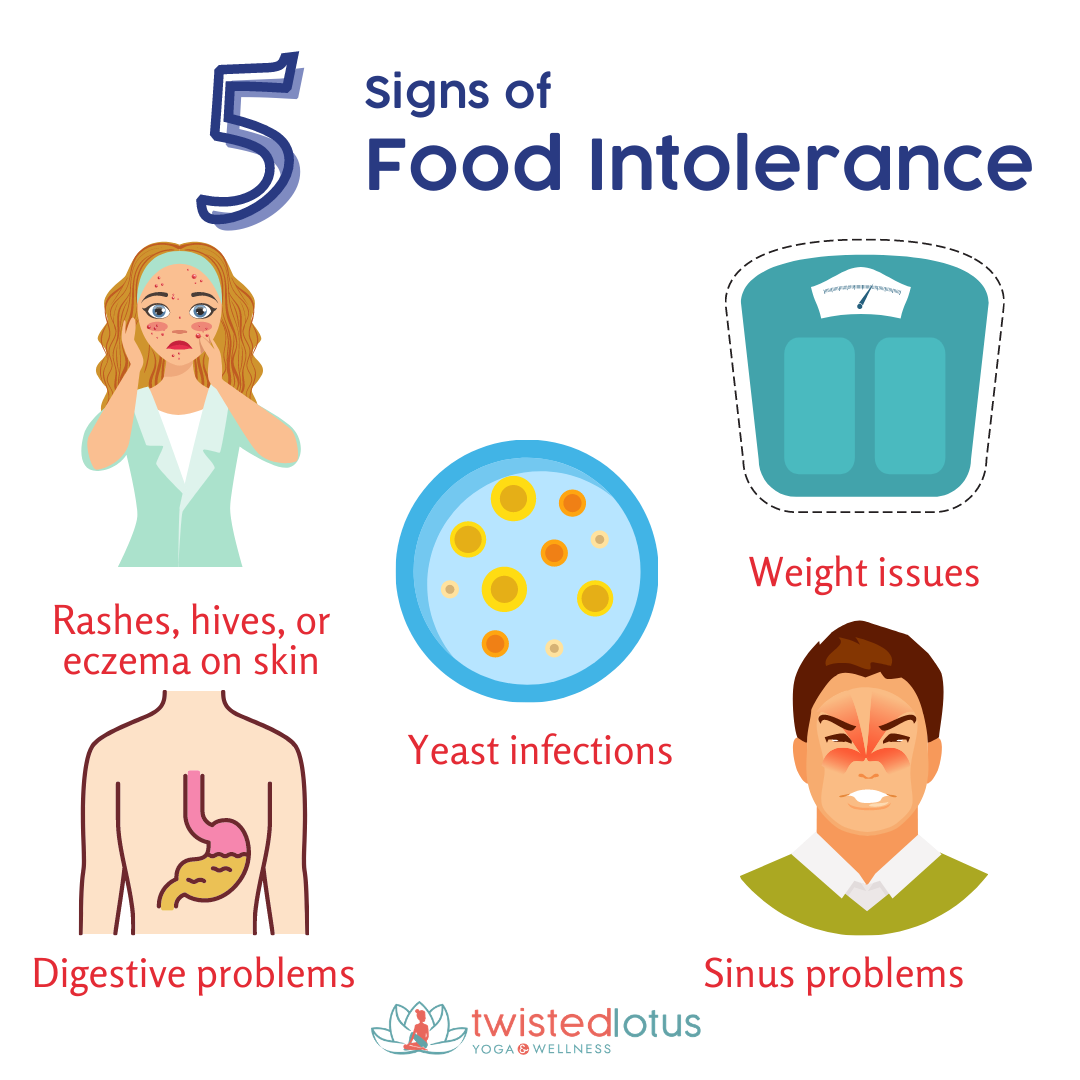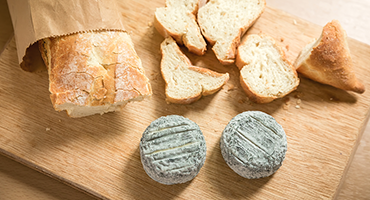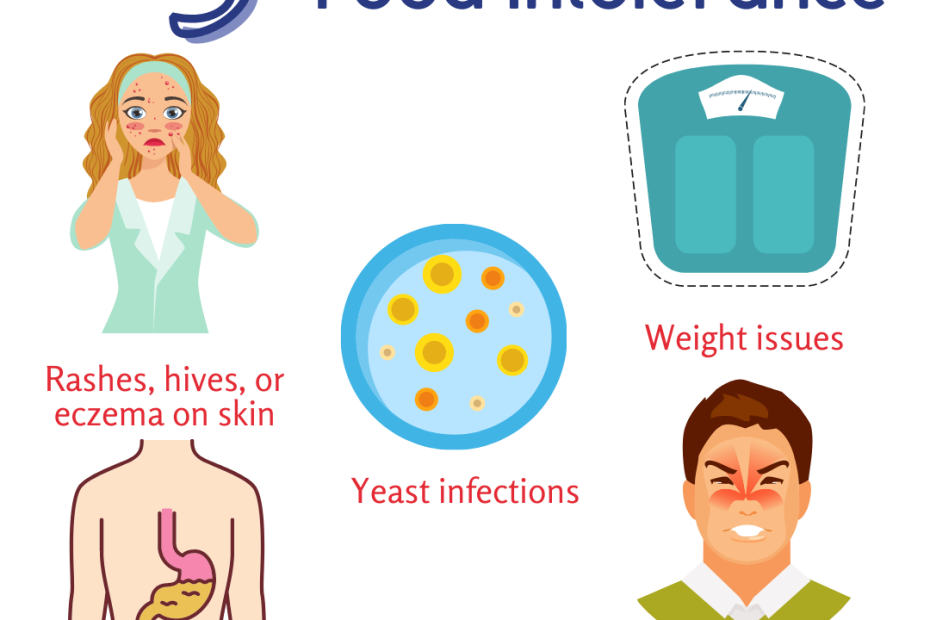What Are The Symptoms Of A Yeast Intolerance: Unveiling The Signs
Yeast Can Cause Huge Health Problems
Keywords searched by users: What are the symptoms of a yeast intolerance five tips to pinpoint yeast intolerance symptoms, yeast allergy symptoms in adults, yeast intolerance symptoms nhs, what foods to avoid if you have a yeast intolerance, yeast allergy test, yeast allergy diet, yeast food list, brewer’s yeast intolerance foods to avoid
How Do I Know If I Have Yeast Intolerance?
How can you determine if you have yeast intolerance? If you experience symptoms such as overall body pain, the development of hives, or even the onset of anaphylactic shock shortly after consuming any food or beverage containing yeast, it’s possible that you could be dealing with a yeast allergy. This condition is characterized by an adverse immune response to yeast-based products, which can manifest in various ways. If you suspect yeast intolerance, it’s essential to consult with a healthcare professional for a proper diagnosis and guidance on managing your symptoms. This information was last updated on January 11, 2023.
How Do You Get Rid Of Yeast Intolerance?
Managing yeast intolerance involves various approaches depending on the severity of the condition. When diagnosed with yeast intolerance, the primary and most effective strategy is to eliminate foods that contain yeast from your diet. This includes avoiding bread, beer, and certain fermented foods. For individuals who experience mild allergic reactions like rashes after consuming yeast-containing products, over-the-counter antihistamines may help alleviate their symptoms.
However, it’s essential to recognize that severe allergic reactions to yeast, such as anaphylaxis, require immediate medical attention. In cases of accidental yeast ingestion, individuals experiencing anaphylactic reactions should seek emergency medical care promptly. Therefore, understanding the severity of your yeast intolerance and adhering to a yeast-free diet are crucial steps in managing this condition effectively.
How Do You Get A Yeast Intolerance?
What are the factors that contribute to the development of yeast intolerance? A weakened immune system is a primary risk factor, as it can make individuals more susceptible to yeast overgrowth or allergies. Additionally, people with diabetes mellitus are at an elevated risk of developing yeast intolerance. Furthermore, a family history of yeast allergies can also increase the likelihood of experiencing yeast-related issues. Understanding these contributing factors can help shed light on the development of yeast intolerance.
Details 21 What are the symptoms of a yeast intolerance



:max_bytes(150000):strip_icc()/brewers-yeast-breastfeeding-and-breast-milk-supply-431836-FINAL-523435d7e1e847259e7dcb296b6603ff.png)



Categories: Collect 77 What Are The Symptoms Of A Yeast Intolerance
See more here: triseolom.net

But if you suffer from general body pain, hives, or anaphylactic shock after consuming a food or drink that contains yeast, then you might be suffering from a yeast allergy.The most effective treatment for a diagnosed yeast allergy is to avoid foods containing yeast. People who eat yeast and develop mild allergic reactions, such as rashes, can often manage their symptoms with antihistamines. Those with anaphylactic reactions will need emergency medical care if they accidentally eat yeast.One of the most common risk factors for developing a yeast overgrowth or allergy is a weakened immune system. People with diabetes mellitus are also at a higher risk. People with a family history of a yeast allergy are at increased risk.
- Bloating.
- Breathing difficulties.
- Joint pain.
- Dizziness.
- Rashes.
Learn more about the topic What are the symptoms of a yeast intolerance.
- Yeast Intolerance & Allergy | Signs & Symptoms – YorkTest
- The 7 worst Yeast Intolerance Symptoms – Lifelab Testing
- Yeast allergies: Treatments, symptoms, and diagnosis
- Yeast Allergies Symptoms and Treatment – Healthline
- Yeast Intolerance Diet Tips – Health & Wellbeing – Saga
- Foods That Cause Yeast Infections – What to Eat and Avoid
See more: https://triseolom.net/category/world blog
